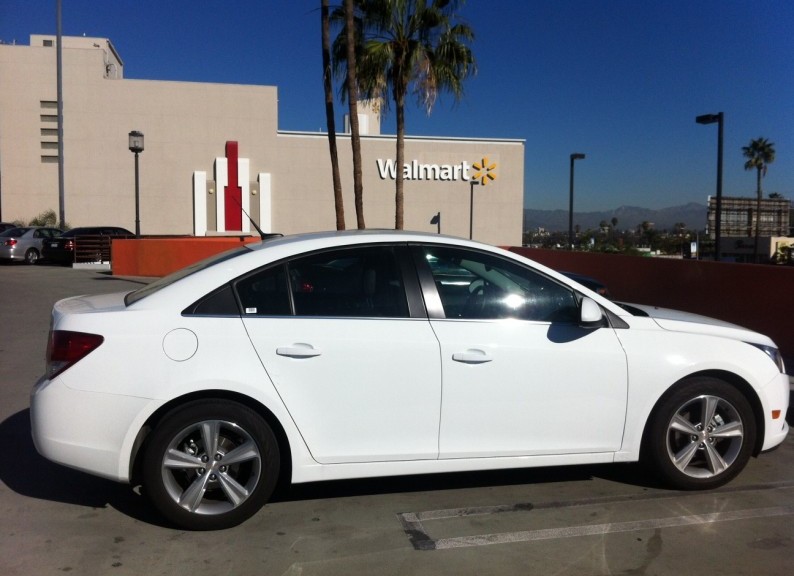1. Everything should have a place.
If everything in you own has a designated ‘home’ within your home, it’s a lot easier to keep things tidy.
What’s important is that all items each have an uncluttered place you put them after use. This should be as close as possible to where you use the item. In other words, you shouldn’t need to walk to the other end of the house to put something away.
2. Turn the TV and radio off when not using them.
Eliminate excess noise as much as possible. The sound of silence is incredibly calming. You can’t always control the noise level at your home e.g., neighbors mowing their lawns. However, when you have complete silence at home, take a mindful moment to enjoy it.
3. Fix broken stuff.
Broken items give a home bad energy and are annoying. For example, if a door has become sticky. Get yourself a good handyperson who can take care of little jobs for you. Have them come in as soon as two or more things need doing. I use a guy my Mum found. He’s amazing and can fix virtually anything. And, he only charges $25 an hour! Keep a running list somewhere of what you’ve noticed needs fixing. Throw out items that no longer work and all their attachments e.g., old chargers. Take to electronics recycling.
Things that might need doing include
– leaking faucets
– a lawnmower that’s become difficult to start
– repainting where paint has cracked from the sun
– chairs or tables that have developed wobbles
– remotes that have dead batteries
– door handles that have become loose
4. Assign a weekly time for taking care of little issues around your home.
Some issues that occur around your home, you’ll be able to fix yourself. For example, lightbulbs or batteries that need changing. Assign a weekly time when you can either fix issues yourself or arrange for your handyperson to come.
Identify items that you can order online and create “wishlists” for these items so you can easily reorder them as necessary. Ordering online means you can just order the items when sitting at your desk at work or whenever the needs crop up. You won’t need to remember to get the item from the store. The simplest solution is to join Amazon Prime. That way you don’t have to deal with minimum order requirements and can get free 2 day shipping.
5. Develop systems and procedures.
For anything you do regularly, you should have an efficient system and set of procedures. For example, where you hang your keys when you walk in the door or how you pack lunches for your family. Help your children and husband to develop systems. For example, your child might have a system for how they get their school bag ready, or a system for what they do when they get home from school, like where they put their bag and changing their clothes.
For younger children, you can make a series of photos of each stage of a system and put them in a flip book. This means they can have visual reminders of what comes next in a process. For example, they might have a flip book containing the photos of everything they need if they’re doing to do painting e.g., put on their apron, put an old sheet on the floor so they don’t make a mess of the carpet etc.
photo credit: Take Back Your Health Conference, Los Angeles 2015 under Creative Commons license.

